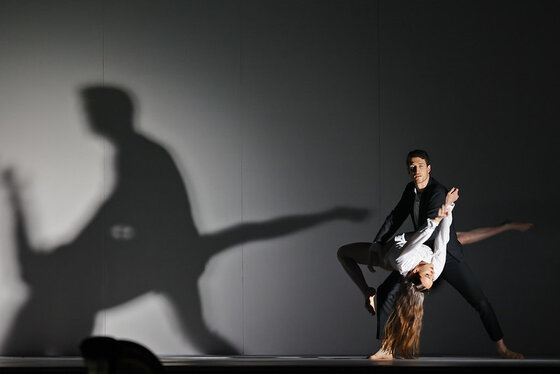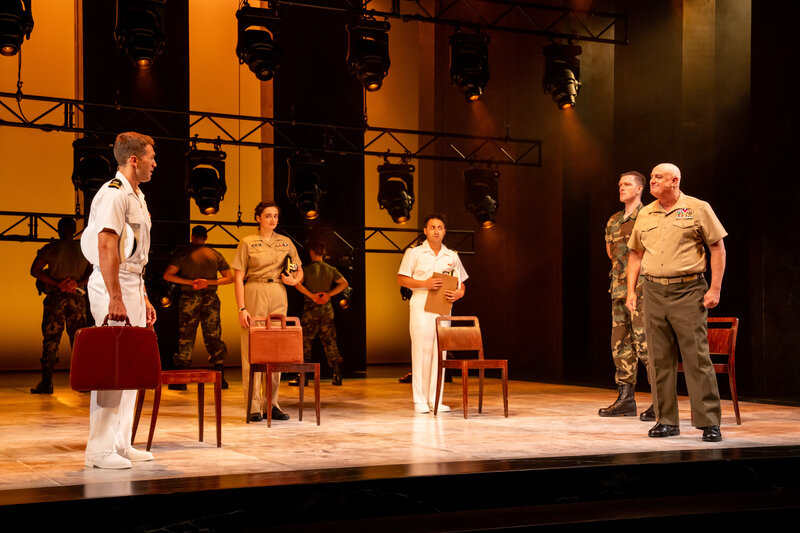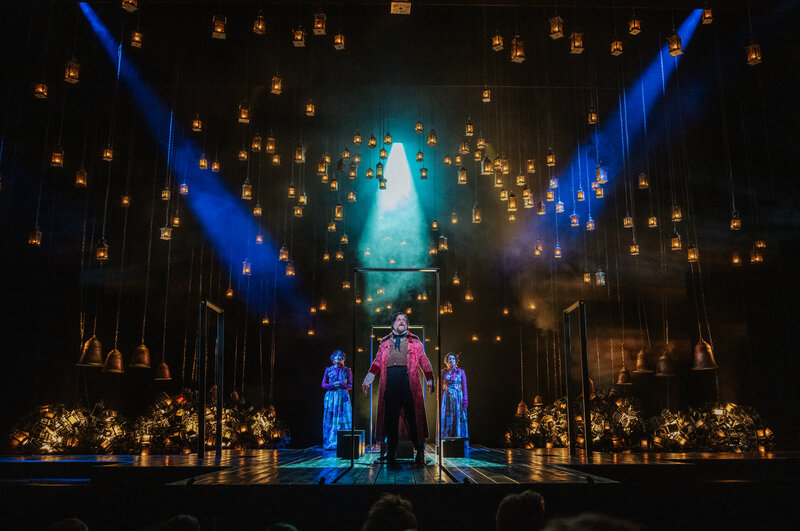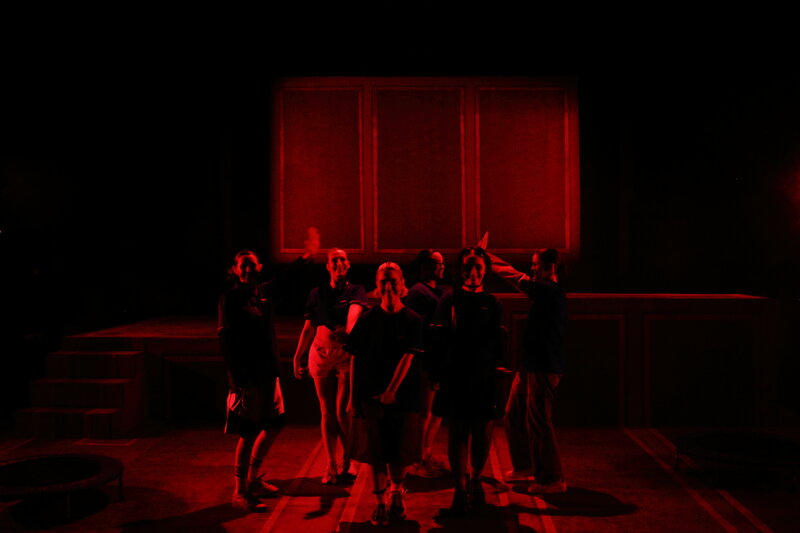An insight into a patriarchal society I dare say very few people know much about, The Eagle Huntress features stunning cinematography and vistas. Being an eagle hunter is considered man’s business – always has been and, according to some, always will be. That is until a fresh-faced 13-year-old enters the fray – someone who comes from a family that were traditionally eagle hunters. She becomes the first to compete in the annual eagle hunting championship before the supreme test of her metal – whether her eagle can catch a fox in the snow-bound mountains in the middle of winter?
The Eagle Huntress follows Aisholopan, a nomadic child of the Altai Mountains, who wants to be the first female in 12 generations of her family to become an eagle hunter. It is a skill that has traditionally been handed down from father to son, but Aisholopan, who is a top student academically, has complete confidence that she will succeed, as she has never been taught otherwise. While there are many old Kazakh eagle hunters who vehemently reject the idea of any female taking part in their ancient tradition, Aisholpan’s father Nurgaiv believes that a girl can do anything a boy can, as long as she’s determined. A master eagle hunter himself, like his ancestors, Nurgaiv makes his living by herding goats and cattle across the vast Mongolian Steppe. Nurgaiv has also won the annual Eagle Festival in Ölgii twice.
 Before Aisholpan, Nurgaiv trained Aisholpan’s older brother to be an eagle hunter and will pass on the tradition to her younger sister and brother after her. Almagul, Aisholpan’s mother, by tradition takes on the responsibilities of looking after the children, cooking and cleaning. Even though this means she will spend less time with her daughter, she wholeheartedly supports Aisholpan’s dream of becoming an eagle huntress.
Before Aisholpan, Nurgaiv trained Aisholpan’s older brother to be an eagle hunter and will pass on the tradition to her younger sister and brother after her. Almagul, Aisholpan’s mother, by tradition takes on the responsibilities of looking after the children, cooking and cleaning. Even though this means she will spend less time with her daughter, she wholeheartedly supports Aisholpan’s dream of becoming an eagle huntress.
The story begins after Aisholpan has been training with her father’s eagle for many months. As every eagle can only have one master, the time has come for the teenager to capture one of her own. Clambering down a sheer rock cliff with a rope, Aisholpan retrieves a fledgling eagle from its nest as its mother circles overhead. Her eagle will live, train and hunt with her until she releases it into the wild years later, so the cycle of life can continue. After months of training her eagle with her father, Aisholpan is ready to test her abilities. She enters the Golden Eagle Festival and faces off against 70 of the best Kazakh eagle hunters in Mongolia. But, the most arduous challenge is yet to come, as the rite-of-passage for every young eagle hunter is to take part in a hunt. Aisholpan must ride with her father deep into the frigid mountains and endure 40 below zero temperatures and perilous landscapes to prove she is a true eagle huntress.
The Eagle Huntress is co-executive produced and narrated by Star Wars’ Daisy Ridley (Morgan Spurlock is the other executive producer). Like Ridley’s character “Rey”, Aisholpan never doubts her ability to be as strong or brave as any boy. She recognises no obstacles and refuses to have her ambition denied. Directed by Otto Bell, the director of photography is Simon Niblett and the film features an end credits song, “Angel by the Wings”, by Sia.
The starting point for this doco was when director Bell first laid eyes on one of the most remarkable images he had seen: a radiant young girl on a mountain top, joyfully casting a majestic eagle into the air. The pictures of Aisholpan, taken by Israeli photographer Asher Svidensky, enchanted Bell, but the BBC News headline, “A 13-Year-Old Eagle Huntress in Mongolia,” intrigued him even more. Bell was undeterred by the fact that he had not made a feature documentary before. Up until then, he had traveled the globe creating branded content short docos. “I’d go live with a Chilean doctor or a Brazilian cop or a Russian electrical worker or a Vietnamese coconut milk saleswoman,” he says. “All my films were intimate portraits of everyday people.” He tracked down Svidensky on Facebook and they began discussing the idea of a film. As they talked Svidensky’s photos started going viral, appearing on sites like National Geographic and Huffington Post.
Bell knew he had to move quickly or risk losing his chance. So he took a leap of faith and took off for Mongolia with Svidensky and cameraman Chris Raymond. After arriving in the nation’s capital, Ulaanbataar, the three boarded a twin prop plane for Ölgii, a small village in the Bayan-Ölgii province in northwest Mongolia. After landing in Ölgii, Bell and his team took a two-hour ride on a rickety Soviet bus before they arrived at Aisholpan’s family ger (nomadic dwelling) settled next to a mountainside in a remote area of Bayan-Ölgii. As they all sat down for a drink of traditional milky Kazakh tea and started discussing ideas for the picture, Aisholpan’s father spoke up. “Me and my daughter are going to steal a balapan (young eagle) from its nest this morning. Is that the kind of thing you’d like to film?” And that was conversion was effectively the starting point for this documentary.
I should also add that Dalaikhan, a long-time friend of Nurgaiv and a master eagle hunter himself, appears in this documentary twice. He is the one who releases his eagle into the wild in the film’s first scene. Much later, he reappears when Aisholpan and Nurgaiv stay at his house on the way to the hunt in the wilderness. While the direction the doco takes is obvious and there are no real surprises, the lifestyle and the family values on show give it great virtue. Whether sanitised or not, this looks like a family that really cares. The children are in boarding school five days a week and only come home on weekends. The daughter has been heavily influenced by her father, who gives thanks to God and is always diligent and respectful. The girl’s mother, too, is highly supportive of Aisholpan’s choices. They seem like genuinely nice people – all of them. The girl is a beautiful spirit. She has an infectious smile and the happiness they all experience during the course of the picture seems real. Make no mistake, this is a super harsh environment in which they live and yet clearly they make the most of it.
The film also has its humorous moments, such as when the men who had pilloried the idea of a woman (especially a young girl) ever becoming an eagle hunter, have to begrudgingly admit she has some talent. The expressions on their faces are priceless. While perhaps a tad too predictable and oh so nice, The Eagle Huntress nevertheless makes its mark. Rated G, The Eagle Huntress scores a 7 out of 10.
Director: Otto Bell
Release Date: 16 March 2017
Rating: G
Alex First

David Edwards is the former editor of The Blurb and a contributor on film and television




